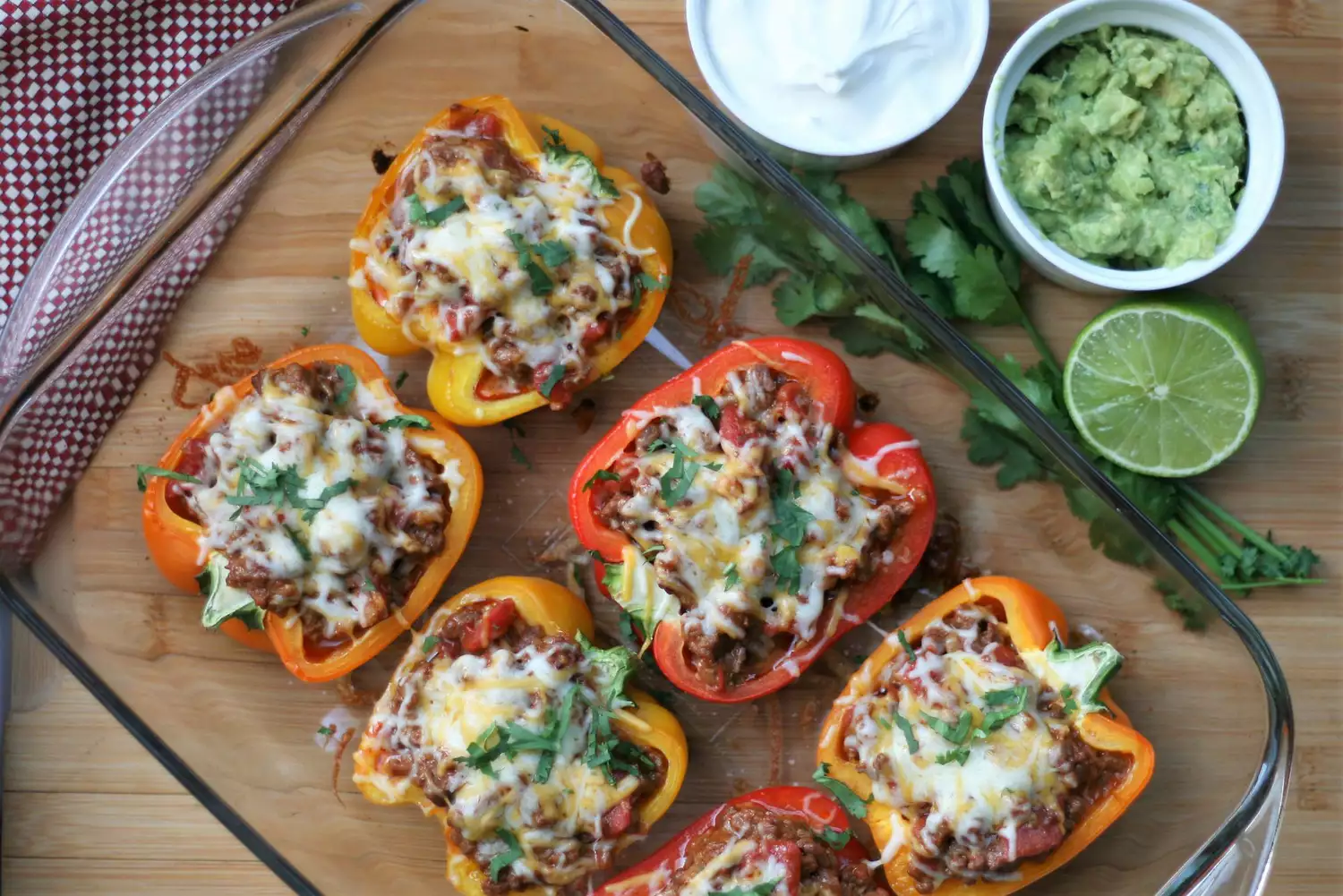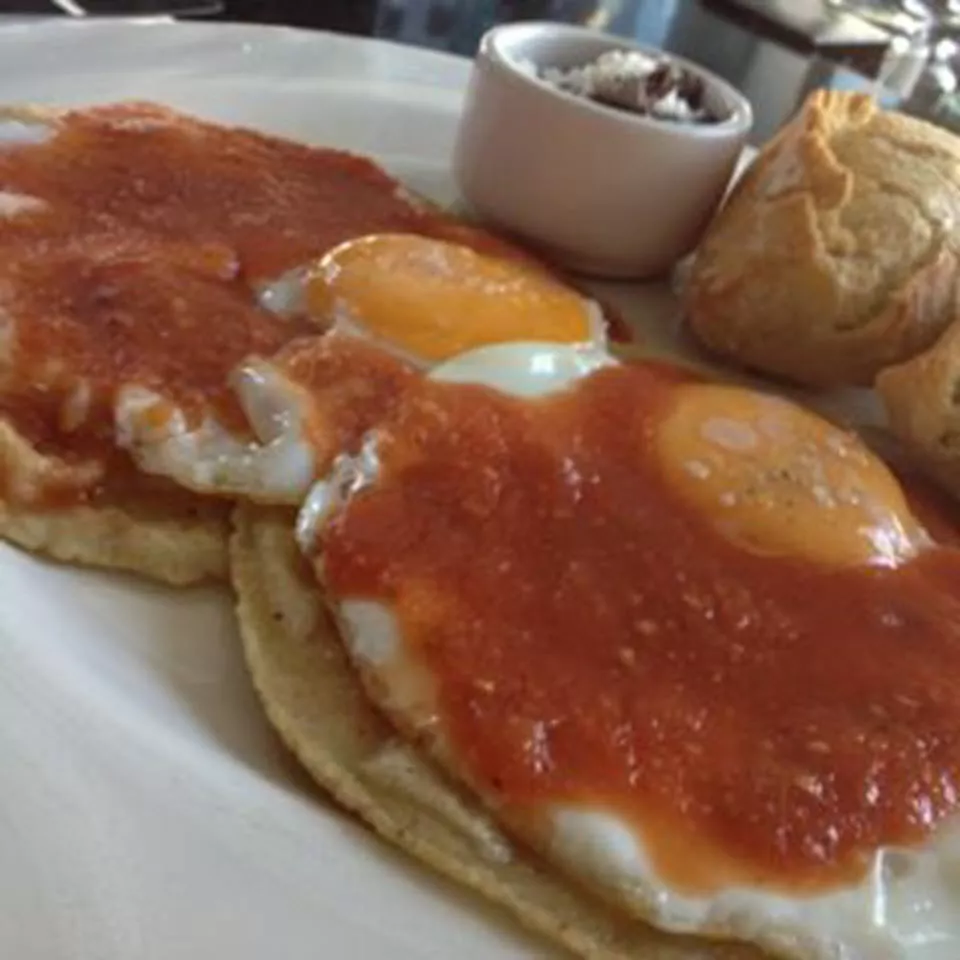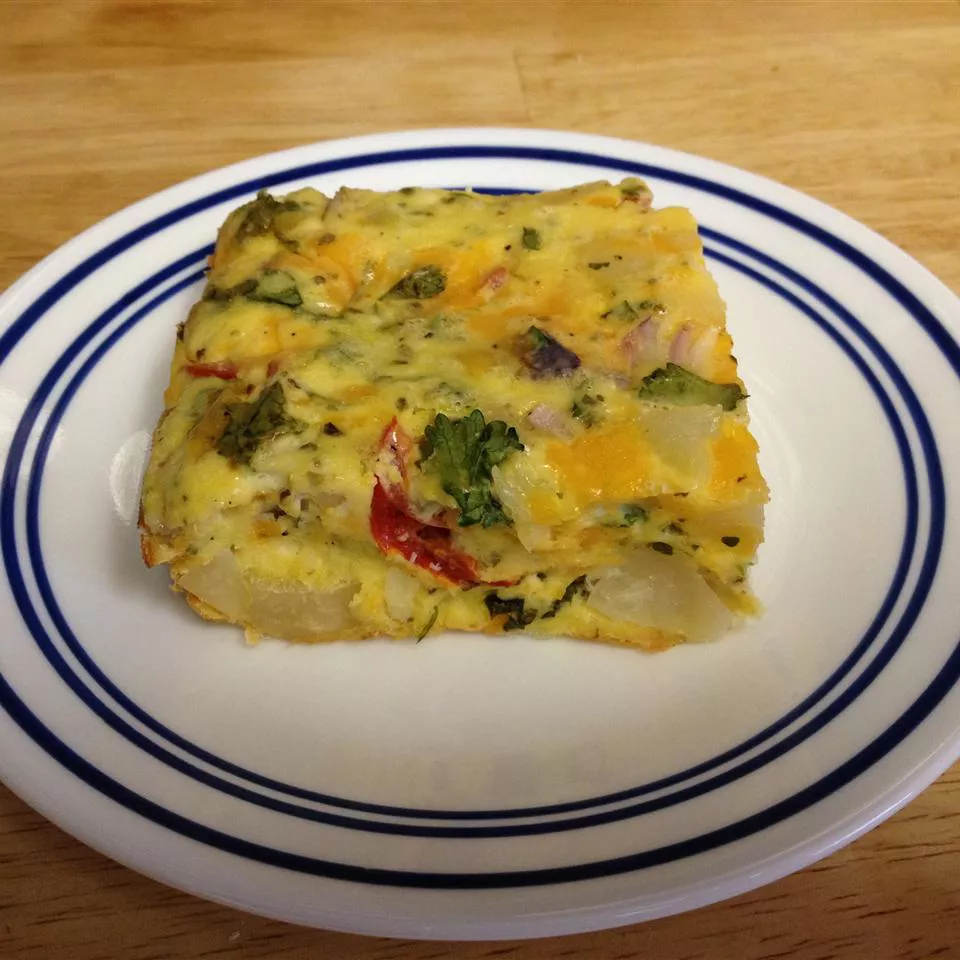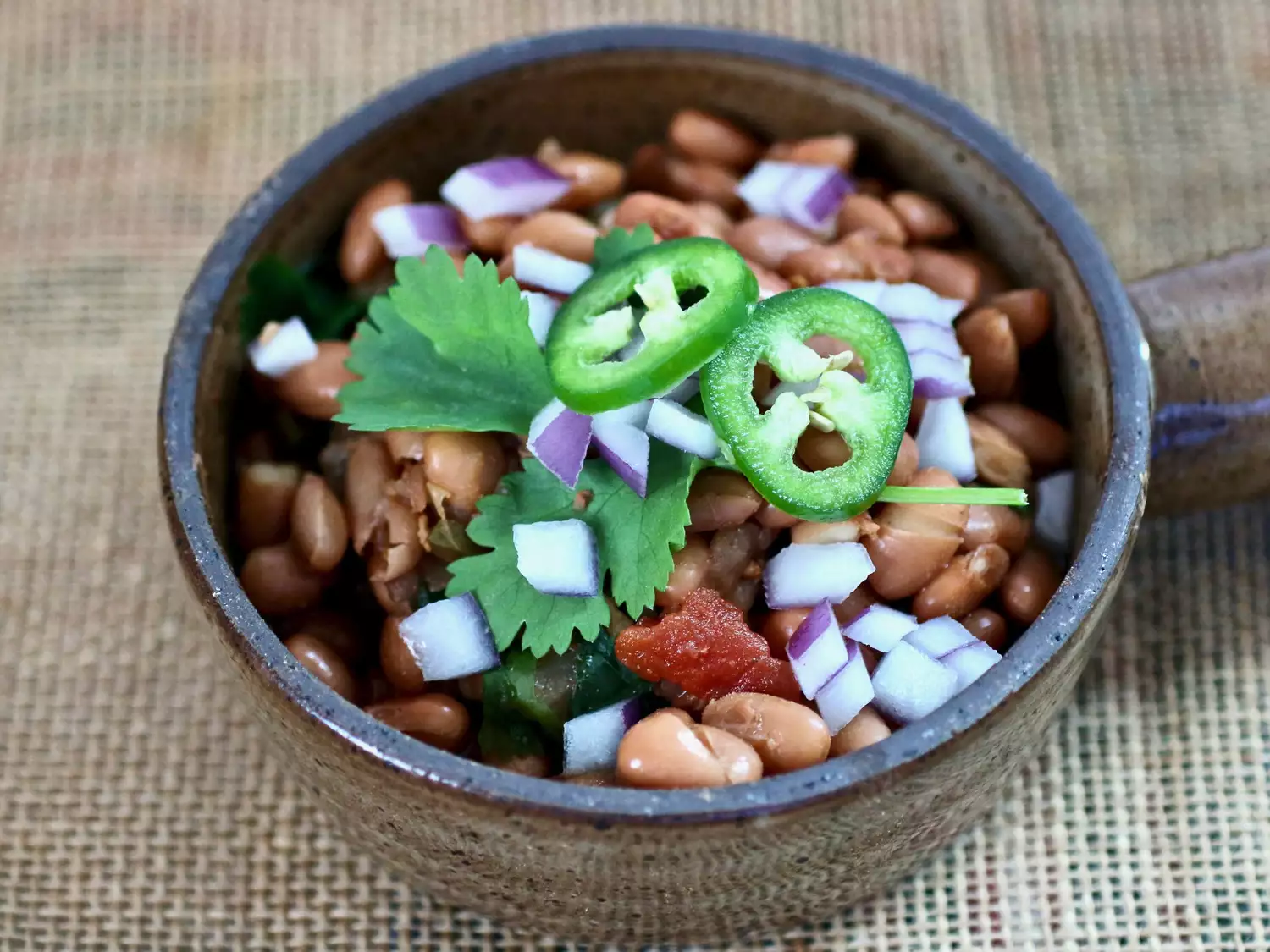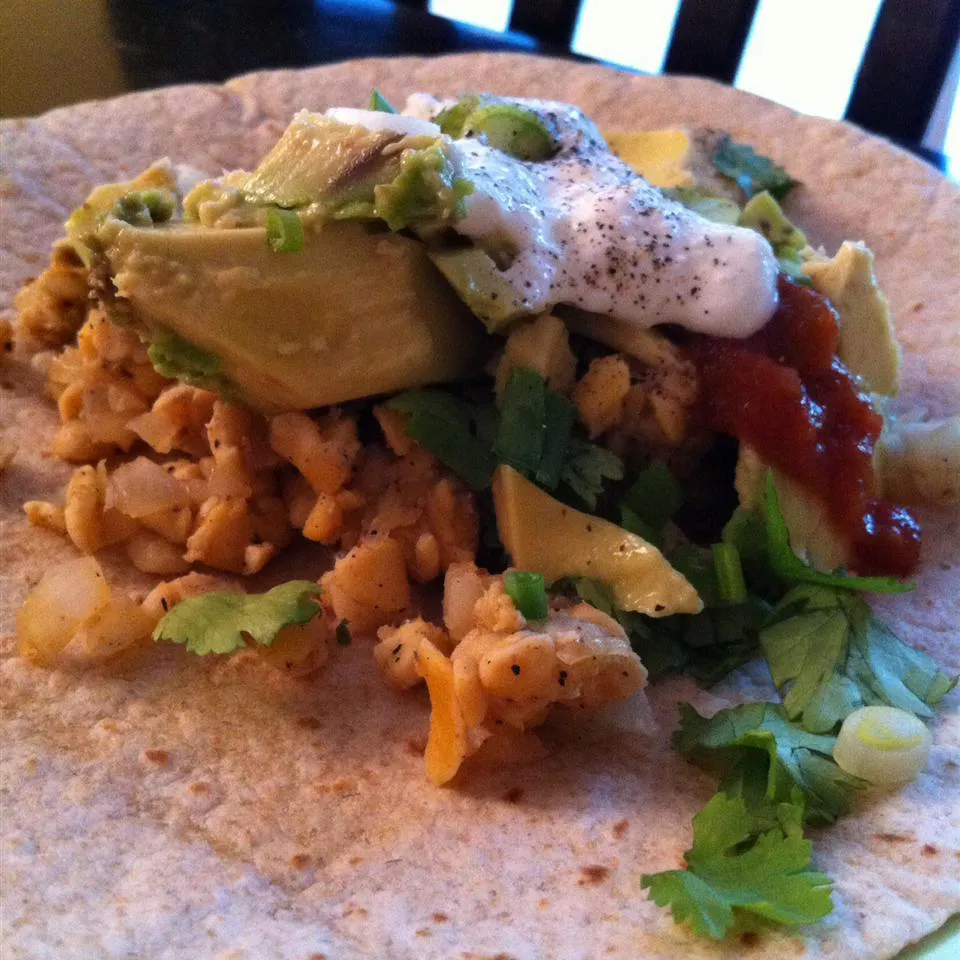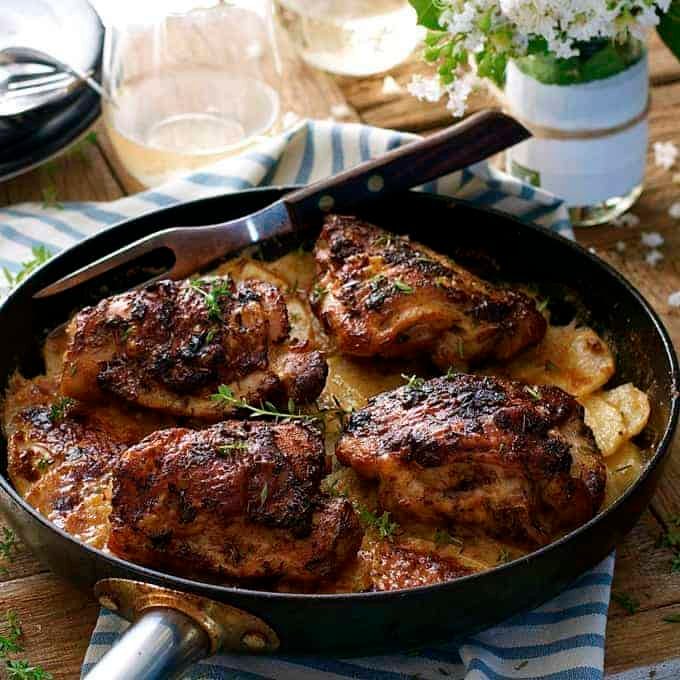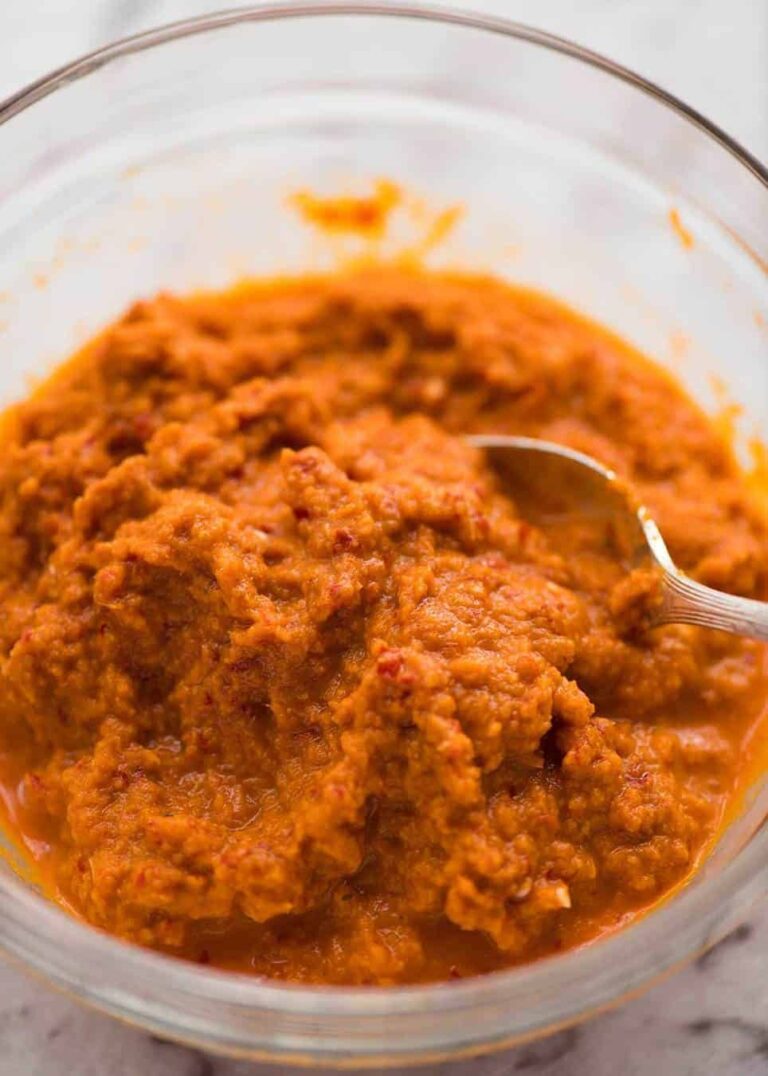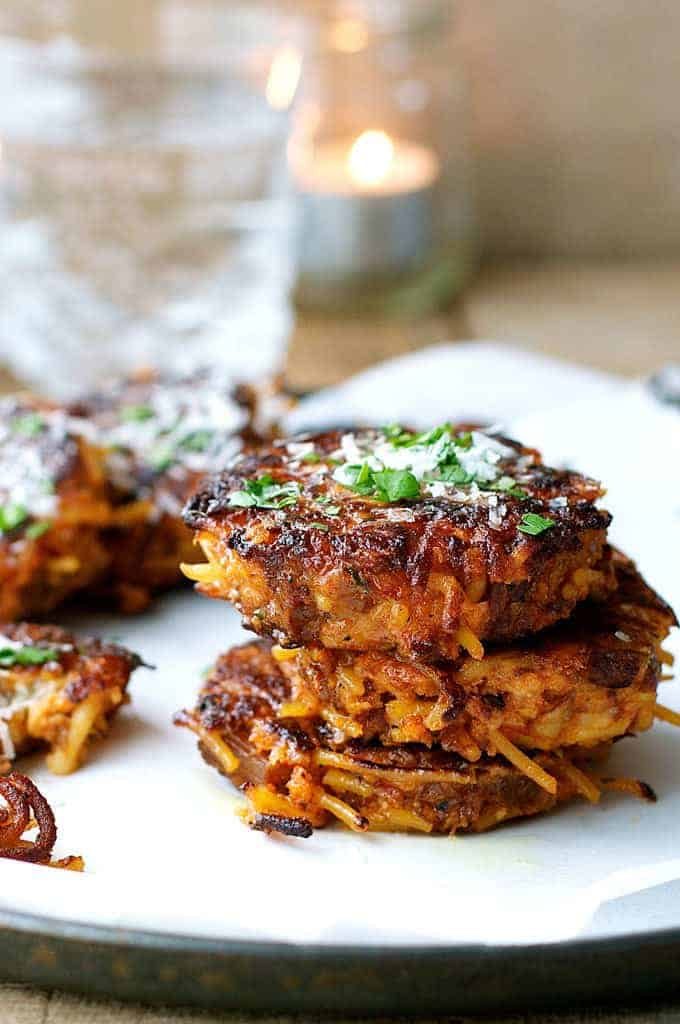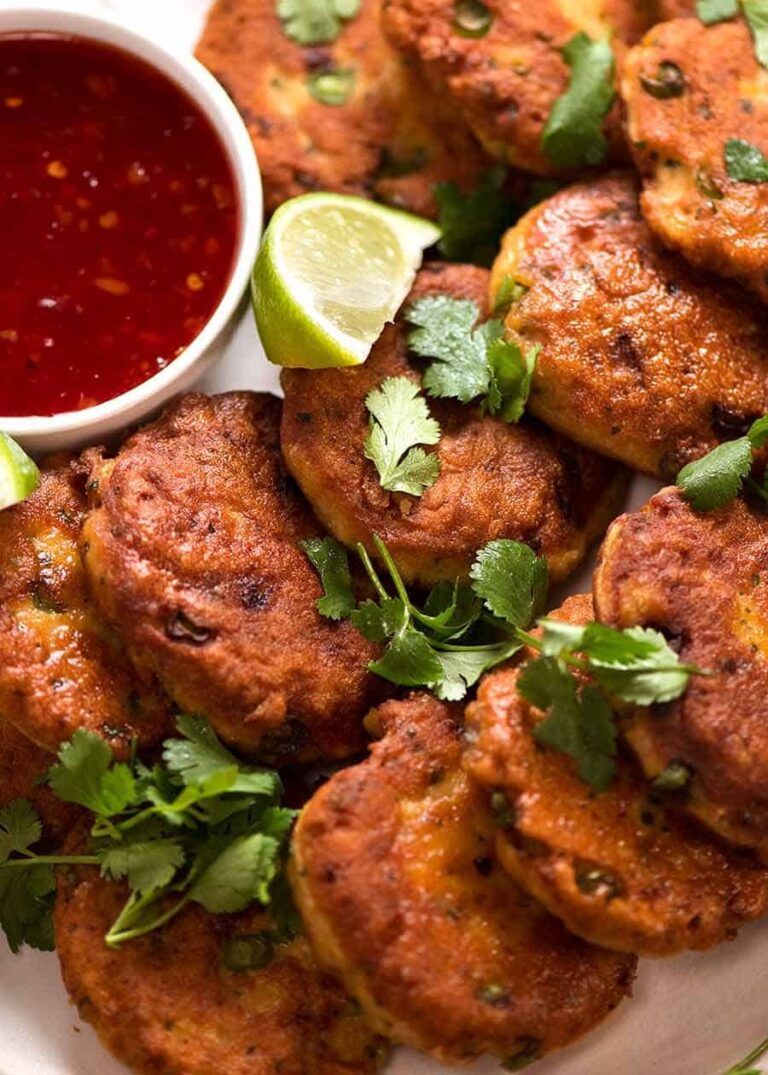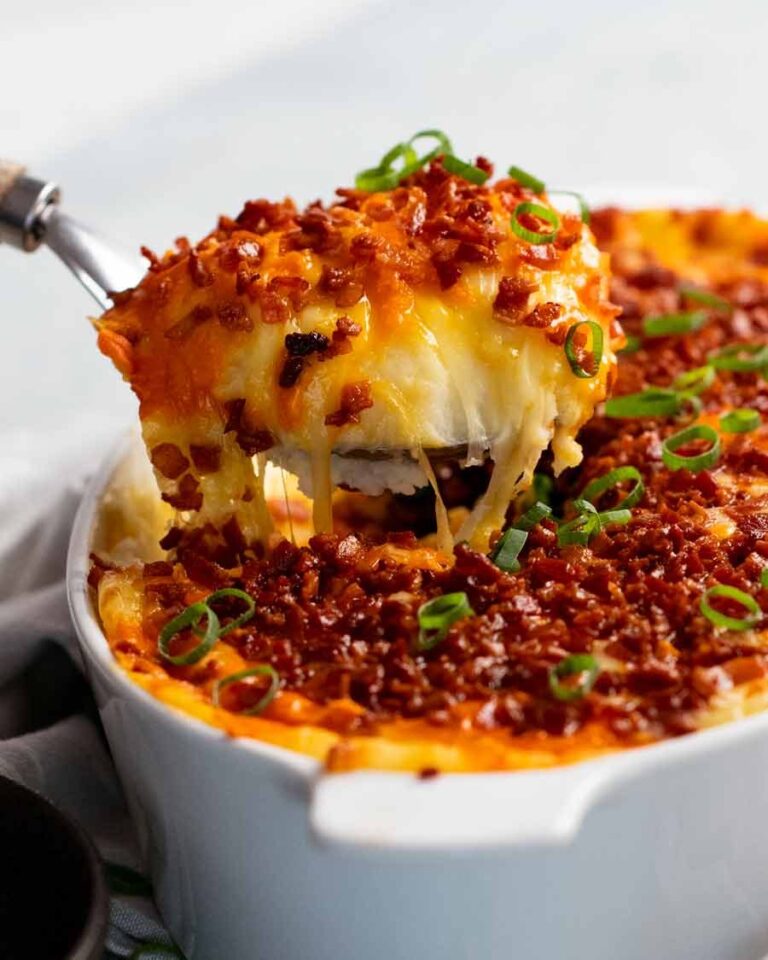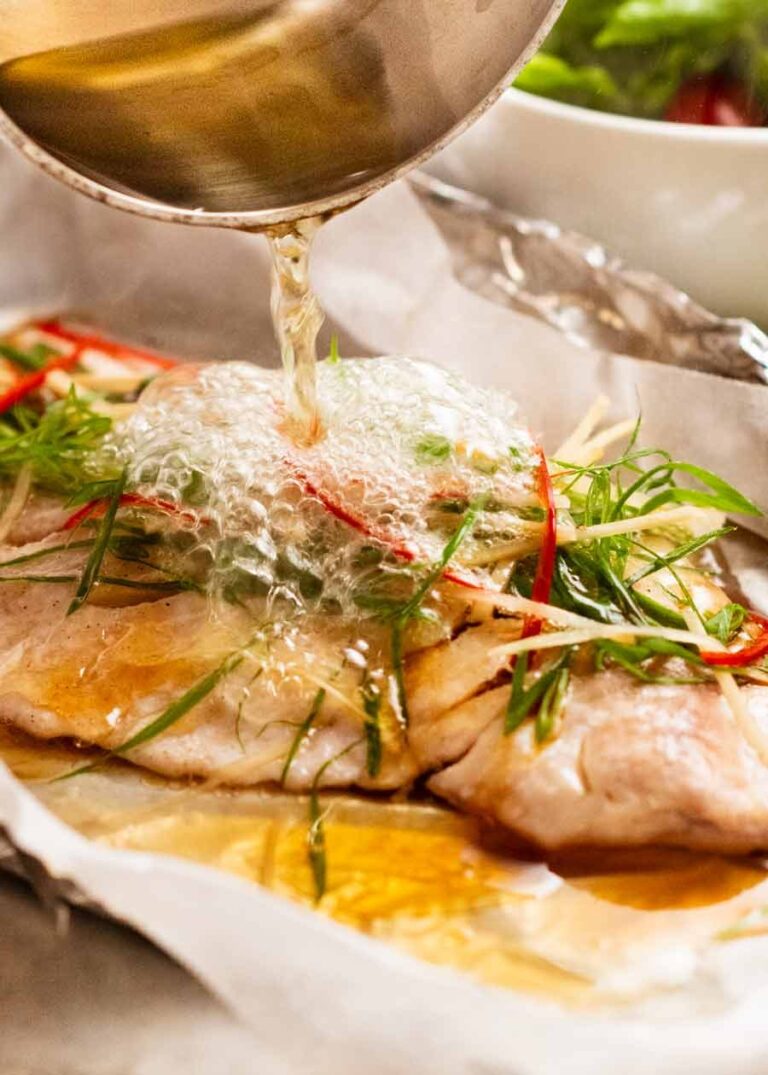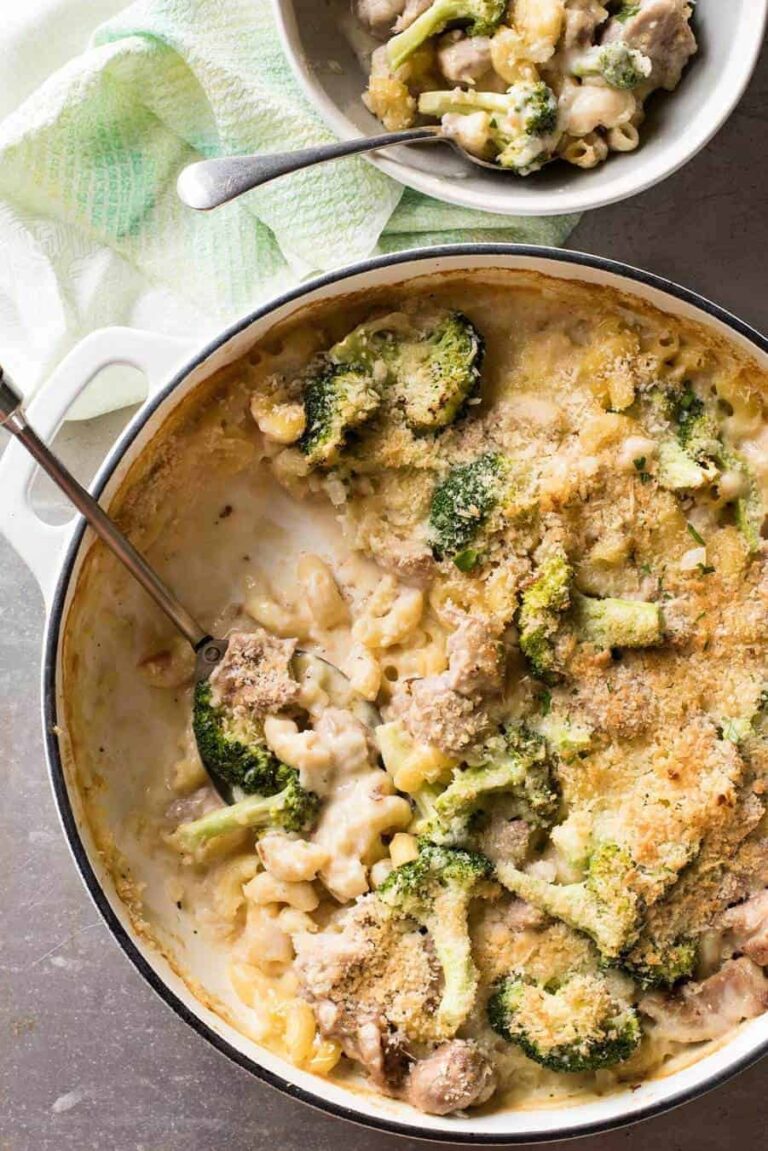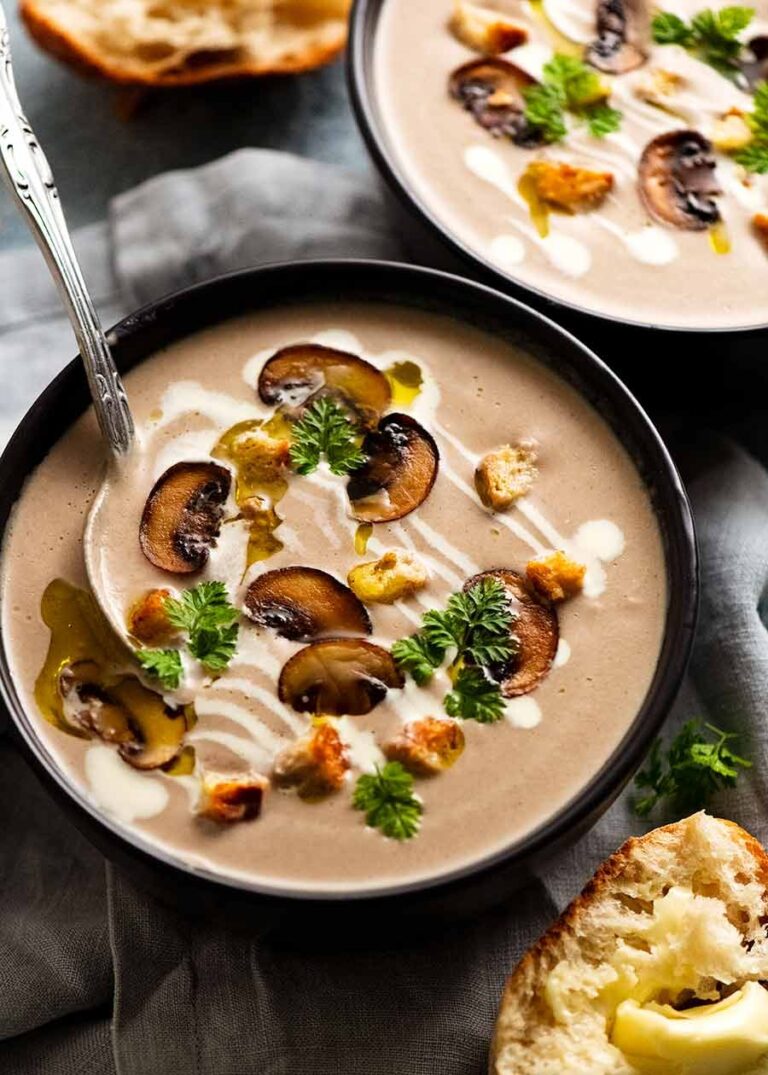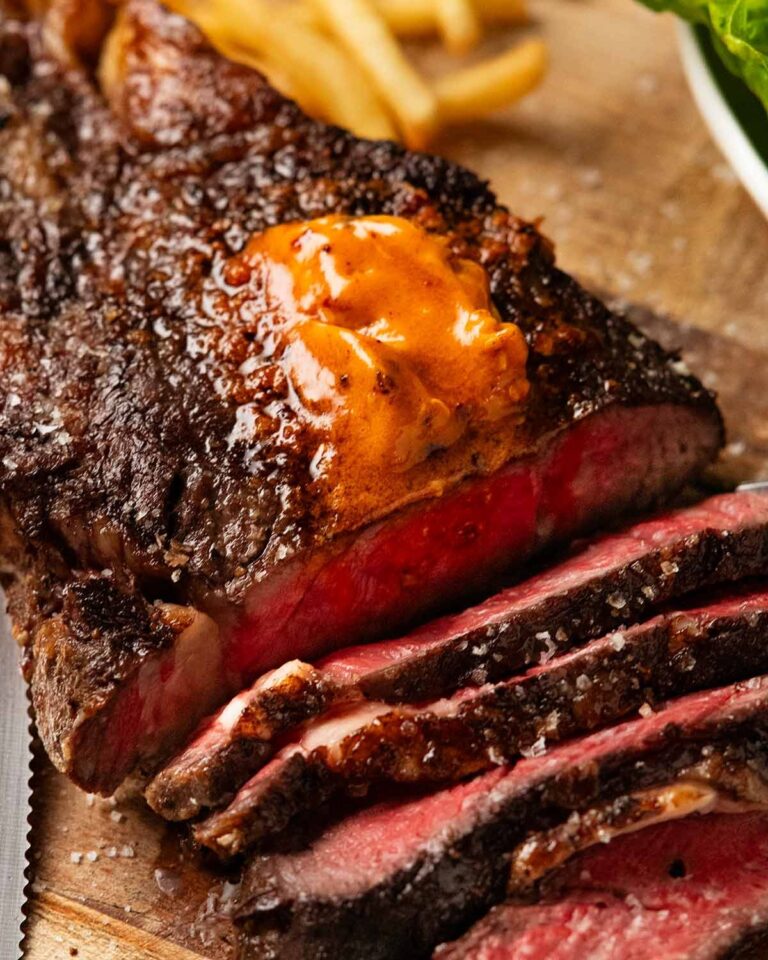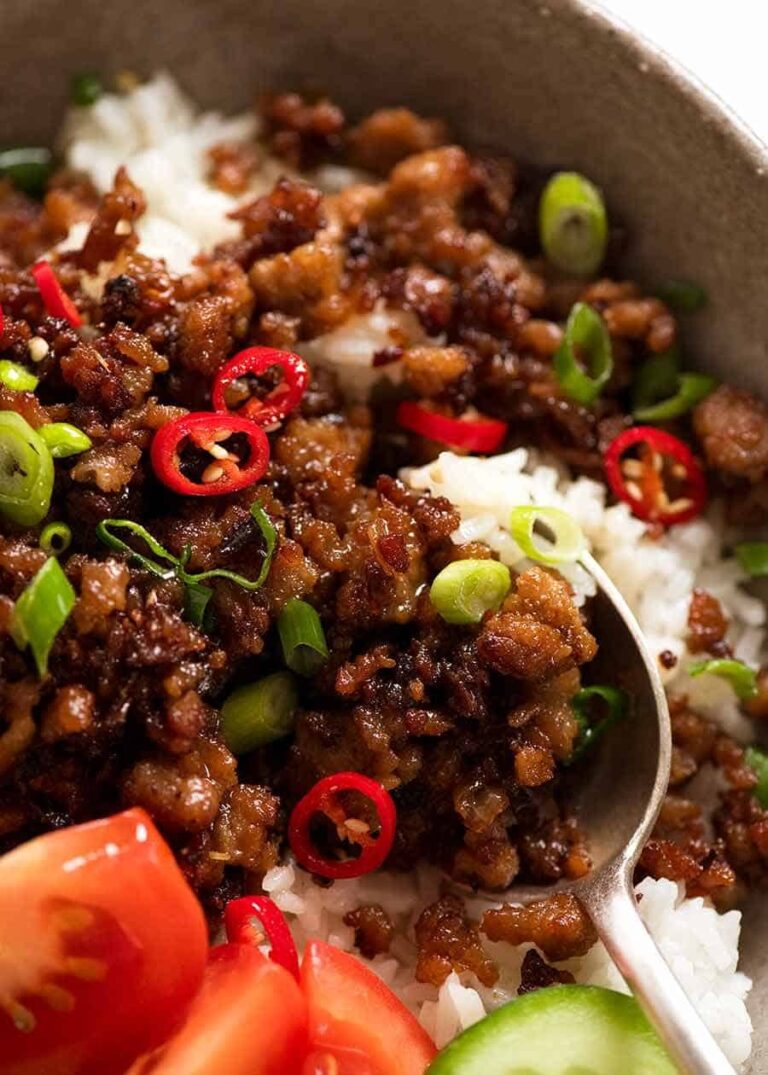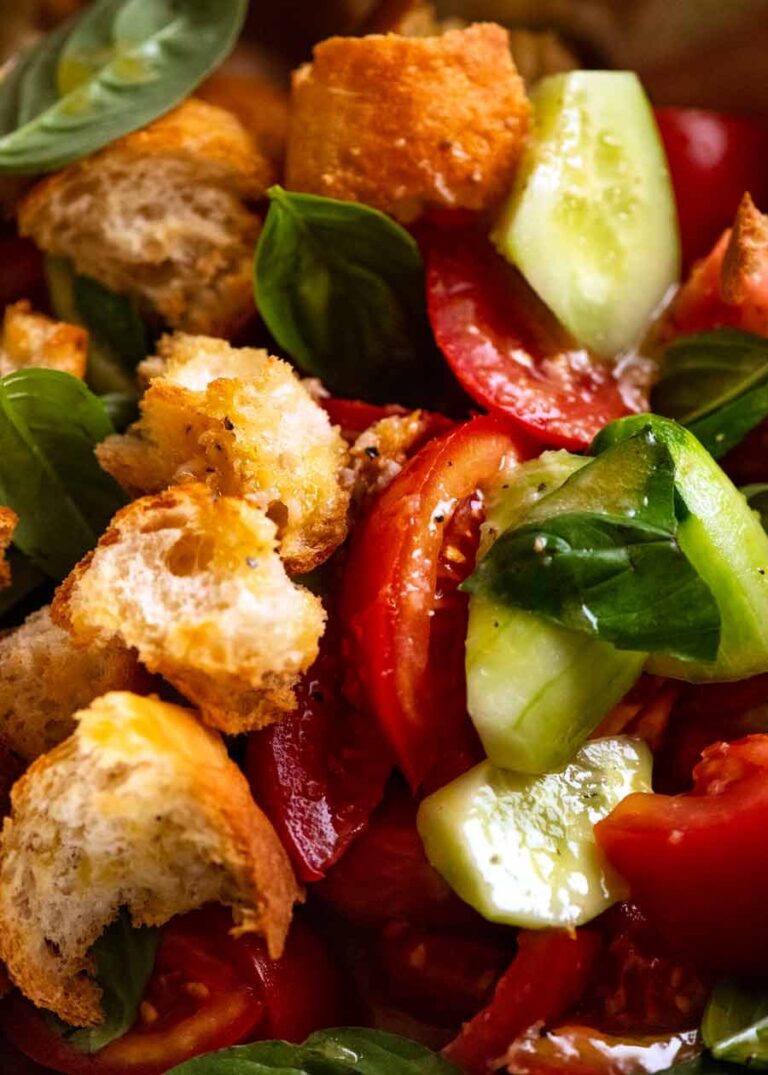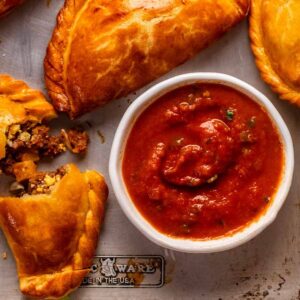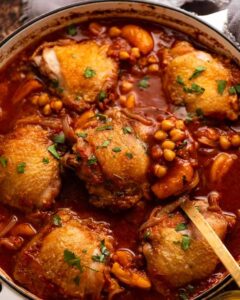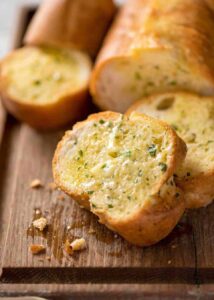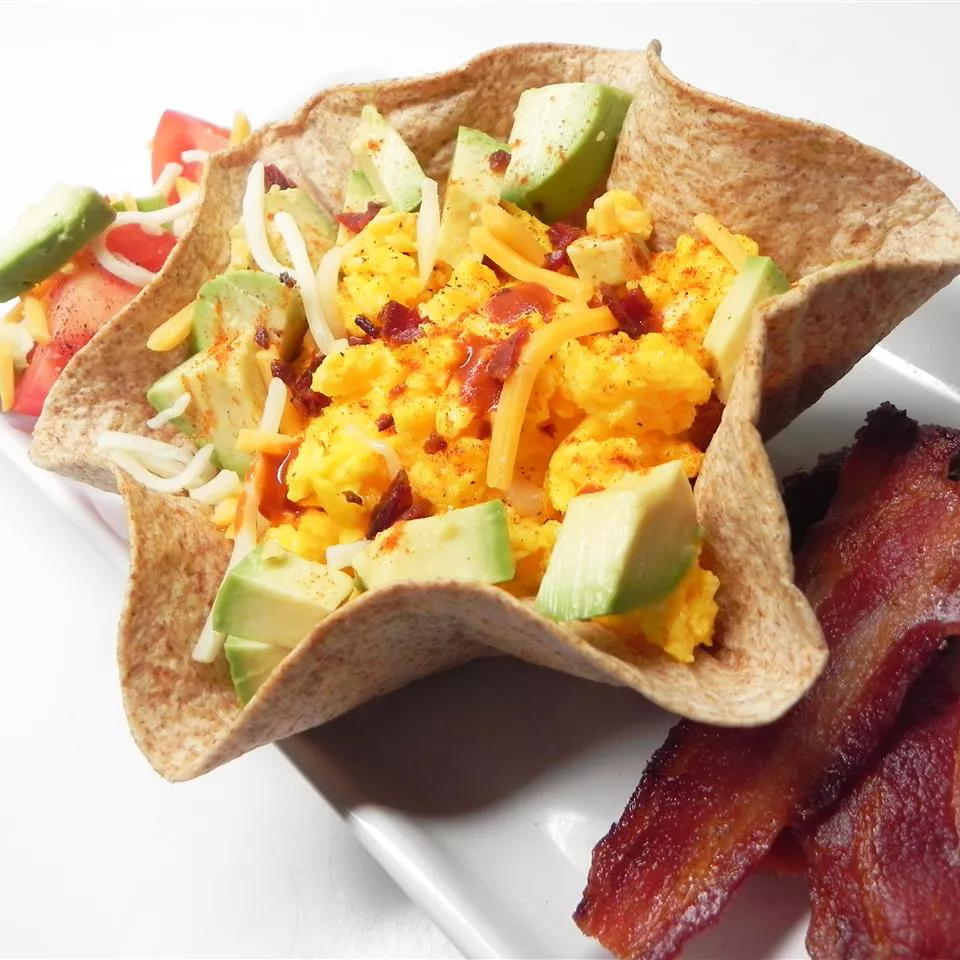
The Best Pound Cake Recipe
This Pound Cake recipe is predicated on one referred to as The Good Pound Cake from The Cake Bible by Rose Levy Beranbaum. She examined it over 40 occasions and we’ve tried it some ways as nicely. It actually is the right Pound Cake that neither can nor must be improved upon! That stated, I’ve taken the freedom of fixing the identify right here to the BEST Pound Cake. 🙂
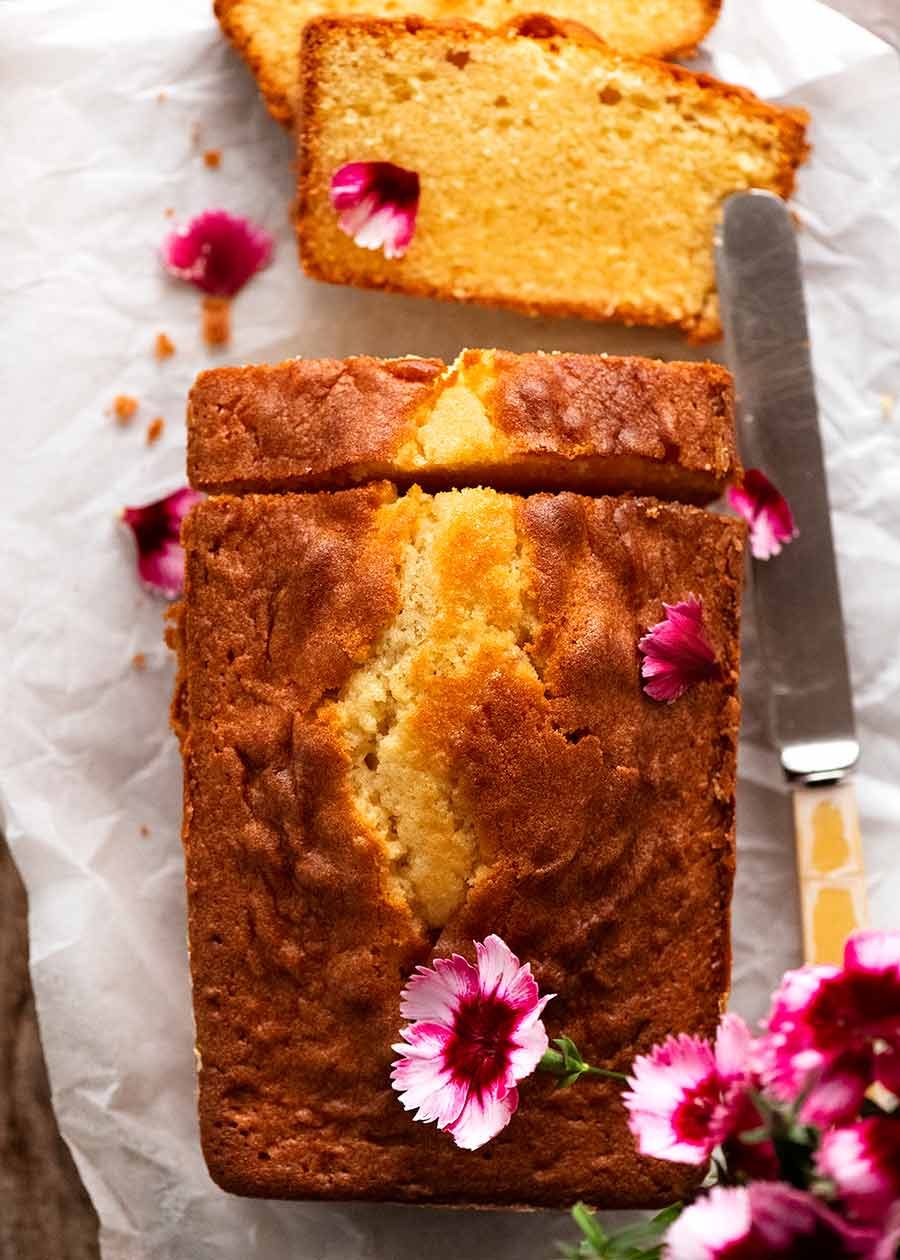
Pound Cake can spark spirited debates within the baking world. Some are adamant we must always keep true to the standard methodology that makes use of no baking powder as a way to give it raise, leading to fairly a dense, heavy cake by fashionable tastes. Others insist on “enhancing” Pound Truffles by making the crumb a lot lighter and fluffier, giving rise to one thing (hah!) that hardly resembles what a Pound Cake must be like.
Me? I stroll the road. I don’t need my Pound Cake to be mild and fluffy like Vanilla Cake – if I did, I’d simply make Vanilla Cake! Nor although do I would like it made with none leavening agent in any respect, which I do discover provides an excessively heavy end result.
So this recipe makes use of only a little bit of baking powder. Simply 3/4 teaspoon, to be exact, as a way to loosen up the crumb a contact while nonetheless bearing that signature denseness with all of the vanilla buttery goodness we all know and love about Pound Cake.
A Pound Cake to please everybody, let’s consider? 🙂
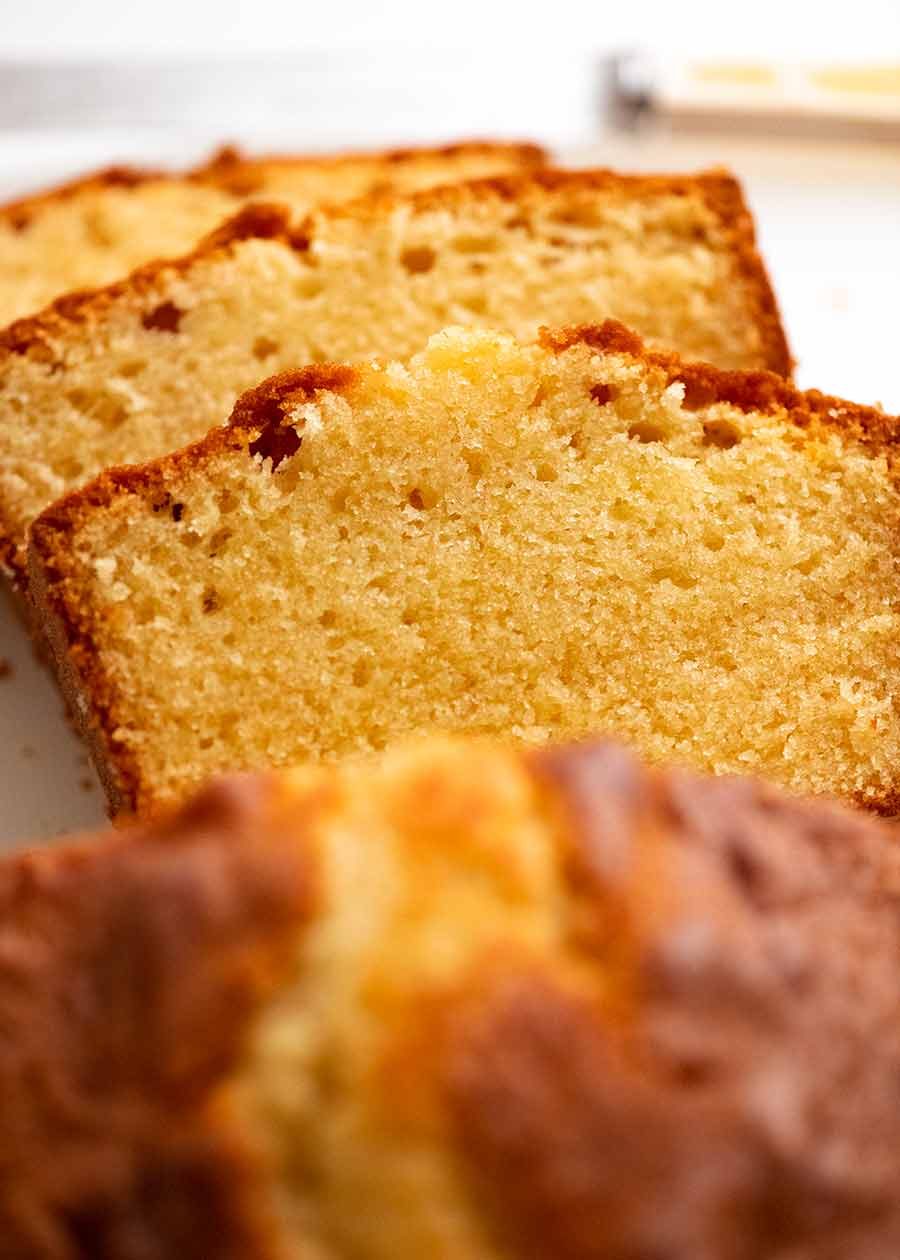
For curiosity, right here’s the distinction between a pound cake made with and with out baking powder. You’ll be able to see how a lot denser the standard baking powder-less model is.
Pound Cake comparability – with and with out baking powder
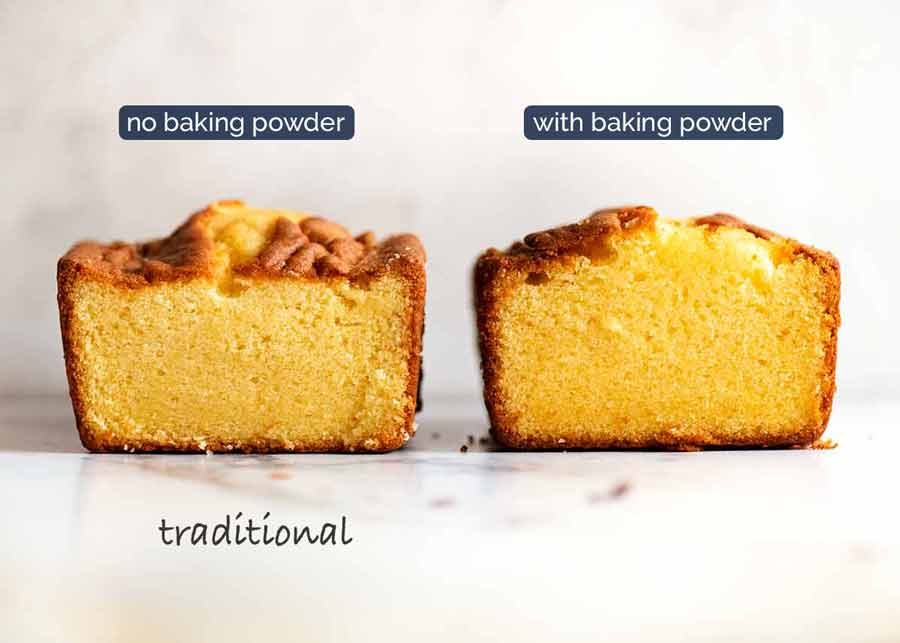
What’s so totally different a few pound cake?
Pound Cake could be very basic, buttery vanilla cake generally made in loaf kind. The crumb is kind of dense in comparison with typical truffles, however when made nicely, it must be moist, comfortable and melt-in-your mouth, as this one is!
Consider it as your nice all-rounder. The cake you’ll be able to pull out for afternoon tea, take into work for morning tea. Gown it as much as serve for dessert, or seize a slice on the run!
Right here’s what goes into pound cake. It’d seem like lots of writing for such a easy cake. It’s meant to arm even novice bakers with sufficient info to construct the arrogance to make this! Should you’re an skilled baker, be at liberty to skip straight to the recipe.
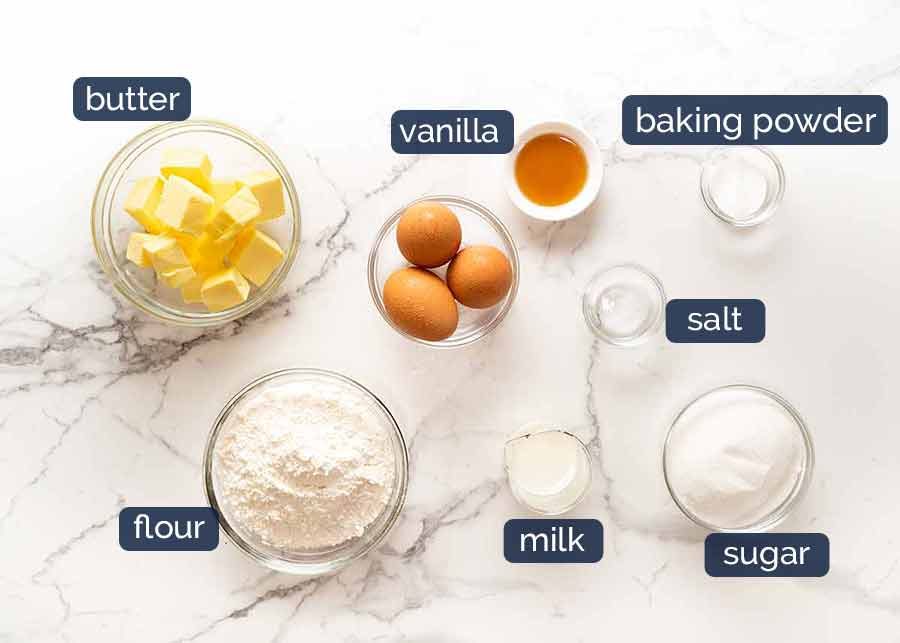
-
Cake flour – Cake flour makes the pound cake rise barely higher, giving a pleasant little dome to the loaf. With plain / all-purpose flour, the pound cake doesn’t rise fairly as a lot so the highest floor is pretty flat. Nevertheless I discover the crumb continues to be comfortable and tender even so, that means the distinction is solely visible. Should you’re comfortable with not having a standard domed form, then it’s wonderful to make use of plain flour.
What precisely is cake flour? It is a flour that has decrease protein than all-purpose / plain flour. This offers some truffles a softer crumb and helps it rise higher. It’s not important for all truffles. In truth, some truffles (like my Vanilla Cake) work higher with plain / all-purpose flour.
-
Butter (at room temperature) – When recipes name for butter at room temperature or softened butter, the butter must be firmer than you most likely assume. Ideally it’s 18°C / 64°F. That is comfortable sufficient to whip till creamy, however nonetheless cool sufficient such that if you contact it, you don’t find yourself with a slick of grease in your finger.
Butter that’s too comfortable can result in greasy truffles that don’t rise in addition to they need to. In truth, this is among the commonest issues in cake making!
A fast option to carry butter to room temperature: Minimize fridge-cold butter into 1.5cm cubes (1/2″ thick slices if in case you have a US stick of butter). Scatter on plate. Microwave 2 cups of chilly faucet water for 4 minutes on excessive. Take away jug, rapidly put plate in, shut door. DO NOT flip microwave again on. The residual warmth will soften the butter in 5 minutes.
-
Baking powder – As famous above, conventional pound truffles don’t have any leavening agent in any respect however I like to make use of a bit to loosen up the crumb a contact. In case your baking powder has been sitting in the dead of night depths of your cabinet for some time, it’s greatest to examine it’s nonetheless good – see right here. Baking powder will be useless even when it’s not previous the due date.
-
Eggs at room temperature – The eggs have to be at room temperature and never fridge-cold, to make sure it incorporates correctly into the batter and aerates correctly when overwhelmed.
A fast option to heat up fridge-cold eggs: Place eggs in a big bowl, cowl with heat faucet water (simply heat, not sizzling) and go away for five min. Wipe dry, then use per recipe.
Egg measurement (“giant eggs”): 50 – 55g / 2 oz per egg is the business normal of sizes bought as “giant eggs” in Australia and the US. In case your eggs are considerably bigger or smaller in measurement, simply weigh totally different eggs and use 150-165g / 6 oz in complete (together with shell) or 135 – 150g / 5.4 oz in complete excluding shell (helpful if you want to use a partial egg to make up the overall required weight. Crack eggs, beat whites and yolks collectively, THEN pour right into a bowl to measure out what you want).
-
Sugar – Superfine / caster sugar works higher on this recipe as a result of the grains are smaller than extraordinary sugar, dissolving extra simply into the batter. Nevertheless if you happen to solely have extraordinary white sugar, that may work simply wonderful too.
-
Salt – A pinch of salt in candy baked items is all the time a superb factor. You’ll be able to’t (shouldn’t!) be capable to style the saltiness, it’s there to assist carry out flavour.
-
Vanilla – As with all recipes that decision for vanilla, the higher the standard, the higher the flavour. In descending order of high quality: actual vanilla beans, vanilla bean paste, vanilla extract, then citing the rear is vanilla essence (it’s synthetic).
For this recipe, I exploit vanilla extract. I normally reserve vanilla beans for extra refined desserts, equivalent to Creme Brûlée and Custard.
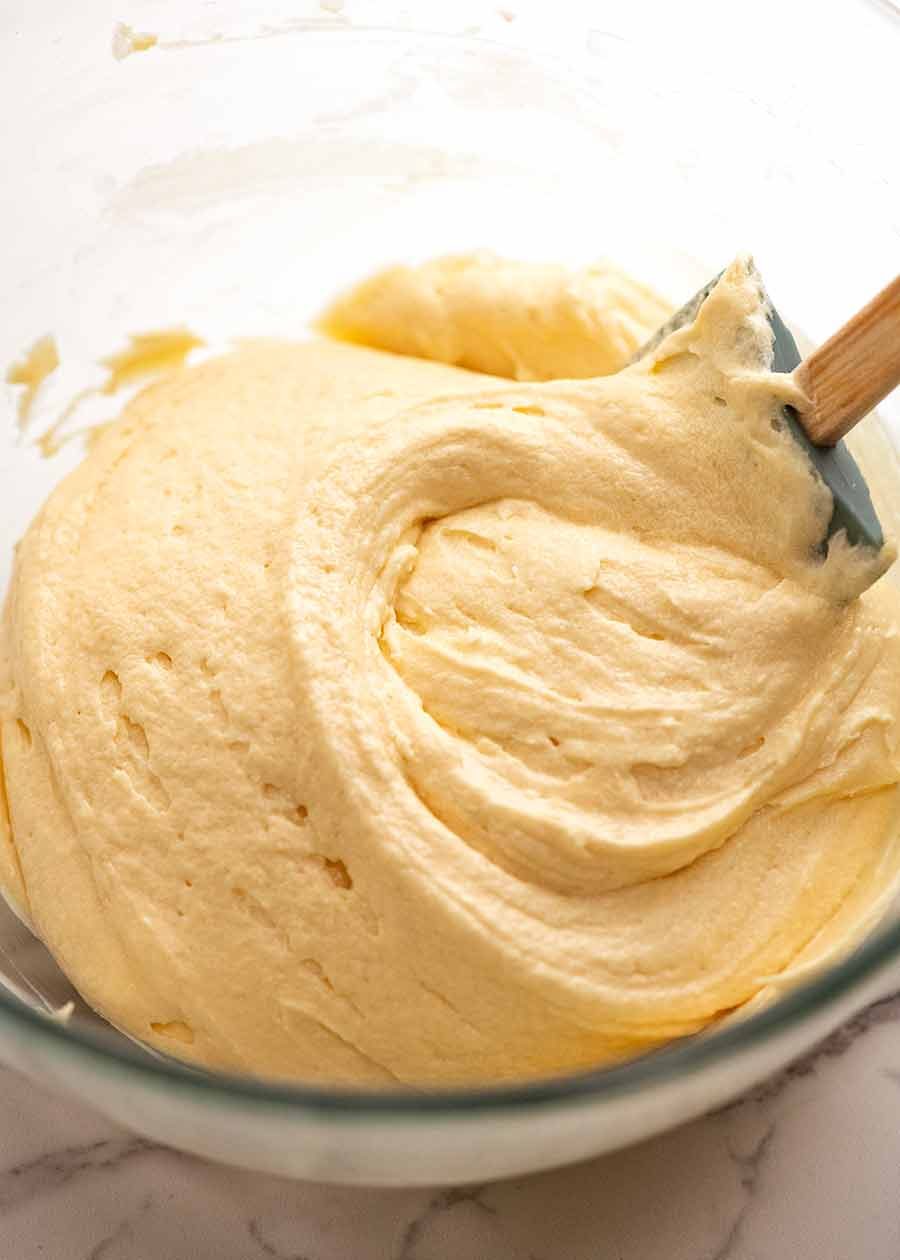
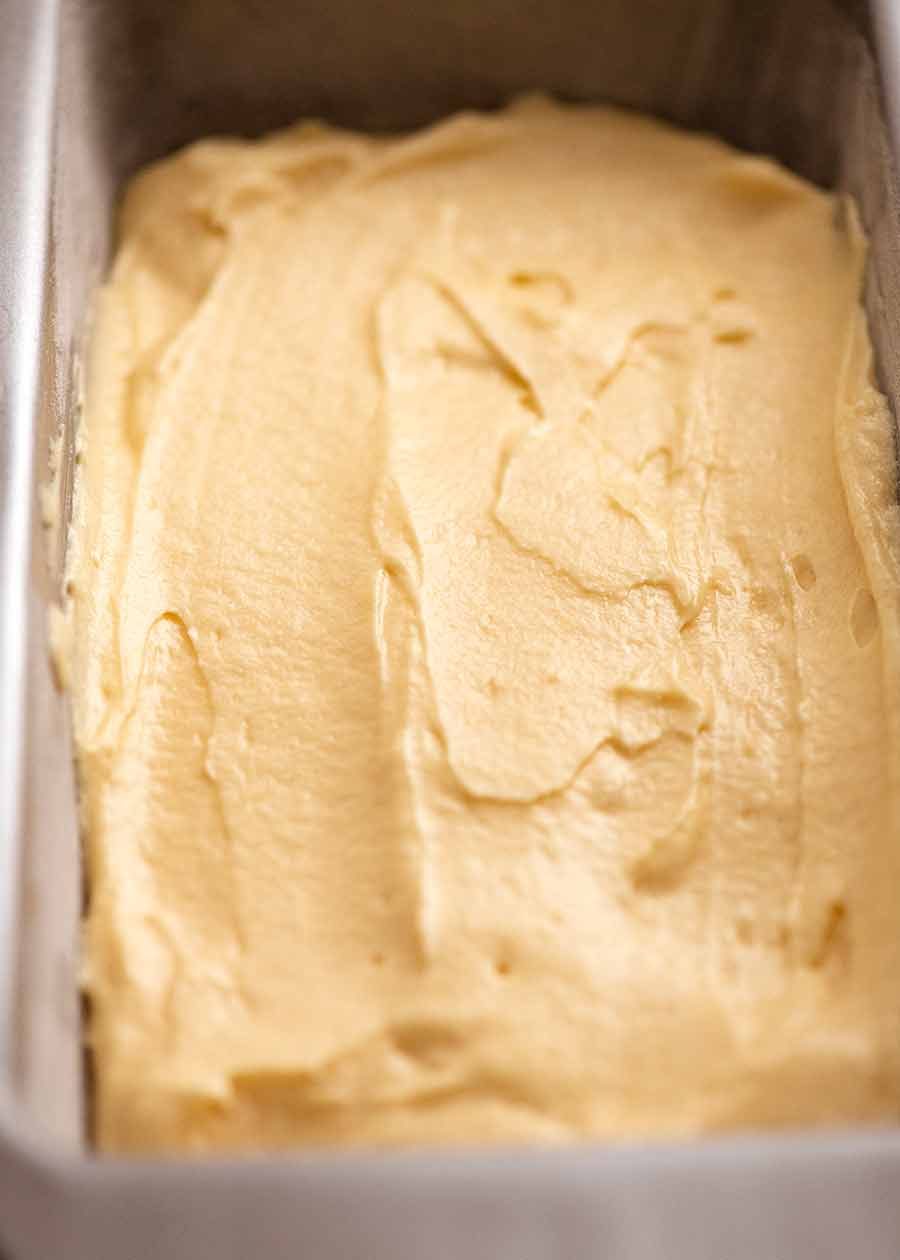
This recipe requires particular mixing occasions, required to develop the construction of the cake’s crumb. Should you shortcut the blending occasions, you’ll discover that the crumb just isn’t as tender correctly (as I discovered firsthand!)
It may be made with both a handheld beater or stand mixer. I haven’t tried by hand – it may be carried out in principle, however the mixing occasions will rely in your stamina and energy!
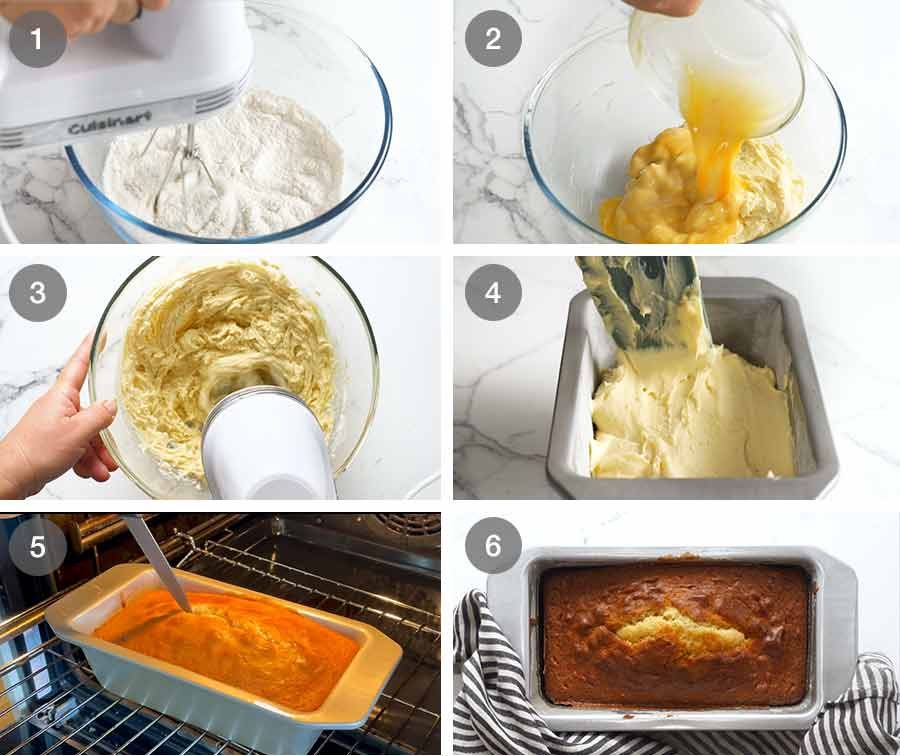
-
Whisk dry components: Place the dry components in a bowl and whisk for 30 seconds. It is a little bit of an uncommon step from Beranbaum’s recipe. I consider it’s meant to aerate the flour to assist lighten the batter of this historically fairly dense cake, with out turning it into an excessively mild crumb.
-
Whisk in some moist components: Add the softened butter and the eggs-and-milk, and beat on Pace 1 till included into the batter. As soon as it’s, beat for 1 minute on Pace 7. Why simply 1 minute? That is lengthy sufficient to aerate the batter with out overworking the gluten within the flour, which might result in a dense cake.
-
Add remaining eggs-and-milk in two tons – Add half the remaining eggs-and-milk combination and beat on Pace 7 for 20 seconds. Repeat with the remaining eggs-and-milk. As earlier than, we don’t wish to over-mix the batter, so restrict beating to twenty seconds every time. The batter must be comfortable however pretty thick. Not skinny and pourable – you must should scrape it into the loaf pan.
-
Fill pan – The perfect loaf pan measurement is 21.5 x 11.4 x 6.9cm / 8.5 x 4′′ loaf pan. Pound cake cooked on this could have a pleasant form, as pictured. It is going to work in smaller or bigger pans, however the form might be somewhat totally different and the bake occasions might differ barely (examine with a skewer).
To flour the pan, firstly grease the pan with butter. Add about 1/2 tbsp of flour and shake the pan so it coats the bottom and sides. Then shake out and discard the surplus flour.
The cake pan must be greased and able to go earlier than you begin the batter as a result of with most truffles, it’s vital get the batter straight into the oven as soon as made to verify it rises as meant.
Fill the loaf pan with the batter then clean the floor. It doesn’t have to be completely clean, the batter will even out within the oven.
Bake for half-hour at 180°C/350°F (165°C fan), then do the cut up (if desired, see subsequent step) then bake for an additional 20 minutes.
-
The “cut up” (non-obligatory) – One key traits of pound truffles is the signature cut up or crack throughout the floor. Whereas I’d like to inform you that it occurs naturally, the reality is that if you’d like a pleasant lengthy one, it wants somewhat serving to hand.
After half-hour within the oven, the floor of the pound cake ought to have a crack operating down the center. Open the oven door and ideally pull the shelf out with out eradicating the pan from the oven as it will threat the cake collapsing. Working rapidly, make a lightweight reduce with a small sharp knife alongside the cut up (about 15 cm / 6′′ lengthy) to assist the cut up to open up properly. Work quick, don’t go away oven open for lengthy or the cake will collapse.
Now shut the oven door and bake for an additional 20 minutes or till a skewer inserted into the centre comes out clear.
-
Cool – Let the pound cake cool for 10 minutes within the pan. This makes it much less fragile. Then you’ll be able to flip it out on to a rack. Let it cool for a minimum of half-hour earlier than reducing into thick slices to serve.
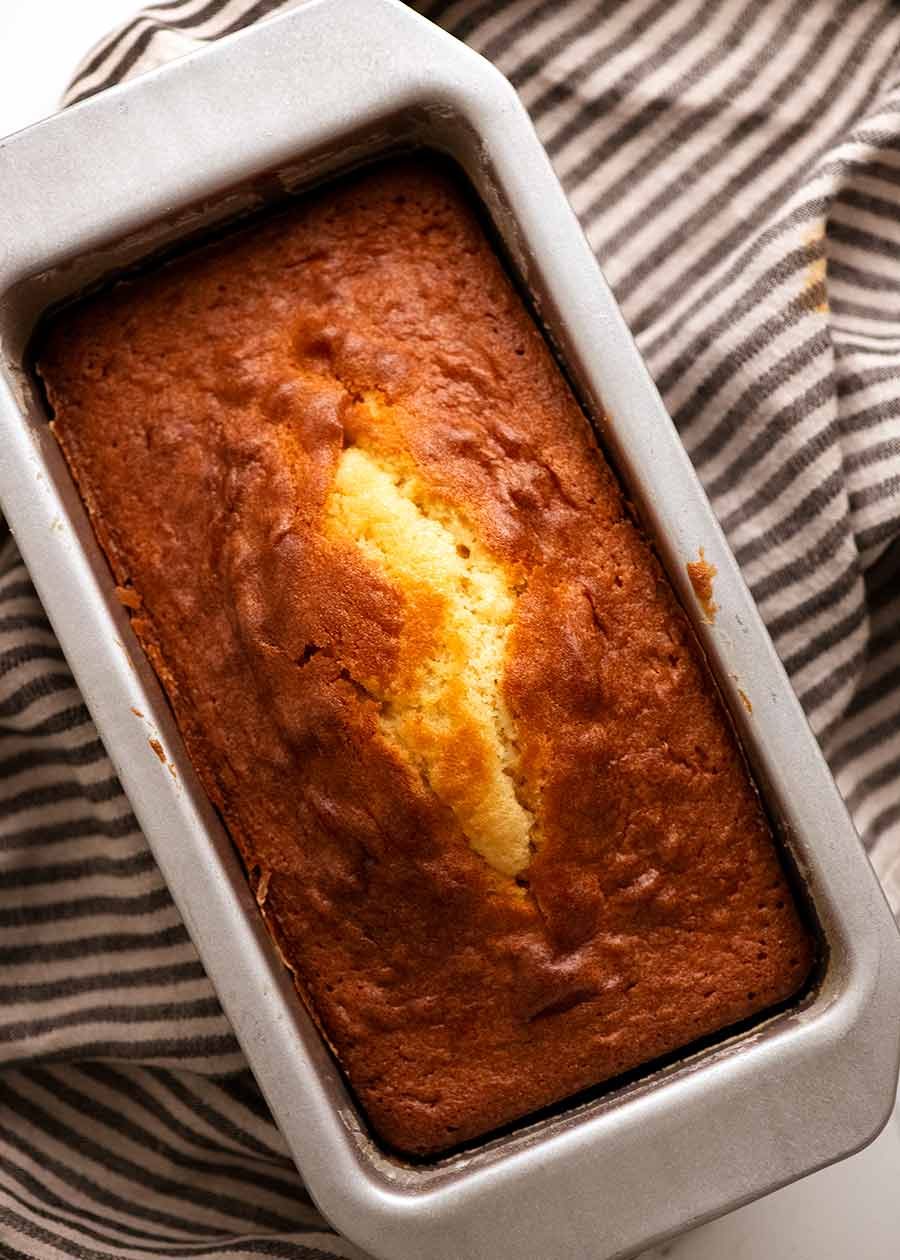
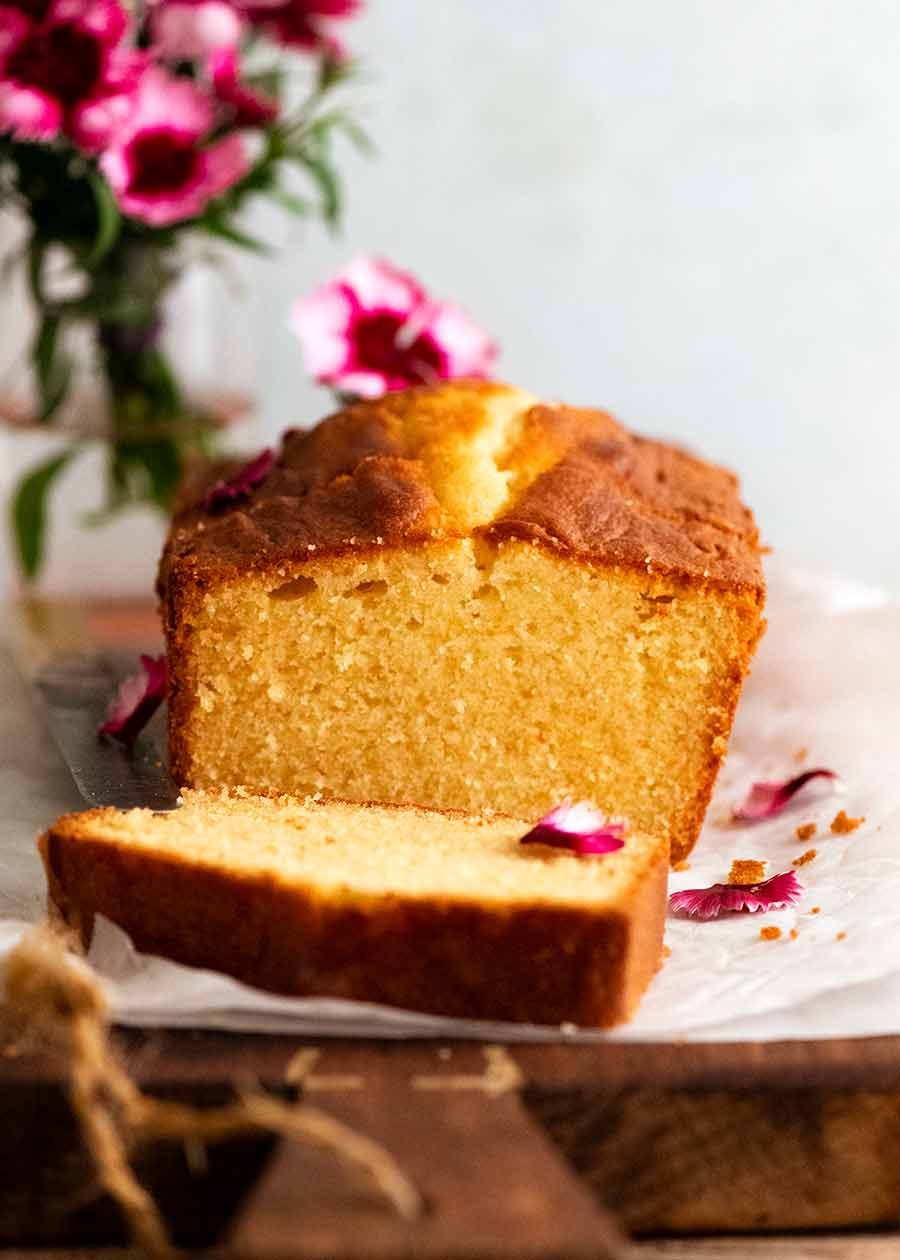
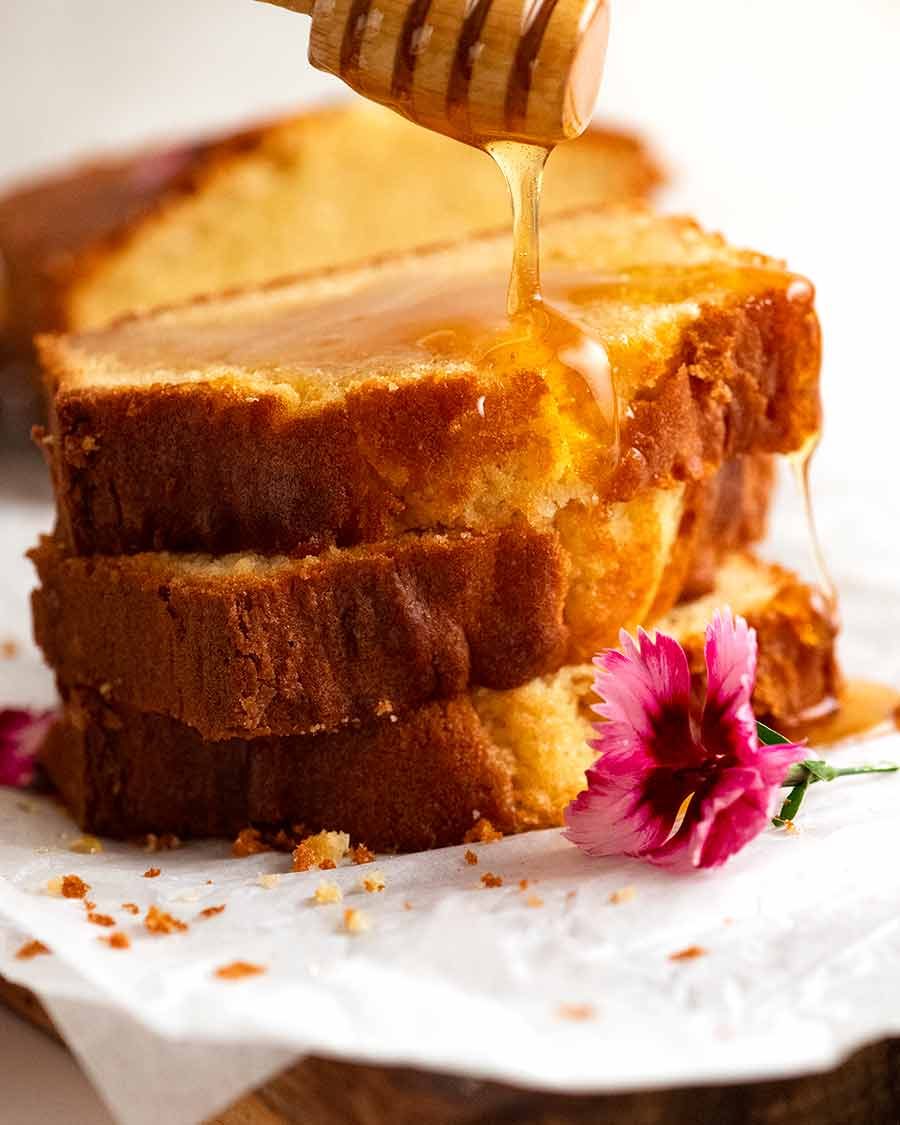
That is a kind of truffles that’s extra-lovely served heat. Should you do serve it heat, it’s fantastic even simply eaten plain.
Whether or not served heat or at room temperature, it’s nonetheless basically a plain vanilla cake nonetheless. Which implies it may all the time profit from including a dollop or smear of one thing! Listed here are some ideas:
-
Whipped cream and recent berries – very conventional
-
Mascarpone, crème fraîche or thick yogurt as an alternative of cream
-
Butter with honey, jam or a fruit compote
-
A sprinkle of crushed nuts (pistachio would look and style particularly fabulous) for texture, teamed with any of the above listed dolloping issues
-
Ice cream or cream – Simply assume: heat Pound Cake and a scoop of ice cream, maybe with a drizzle of chocolate sauce. Aaaahhhh! Be nonetheless my beating coronary heart!
-
A dusting of icing sugar / powdered sugar – nice with any and all the above.
Oh and don’t neglect to message me when your Pound Cake is prepared. I’ll pop proper over for afternoon tea. Thanks! 😉 – Johnsat x

Ingredients
- 3 tbsp milk , full fat, at room temperature
- 3 large eggs , at room temperature (150 – 165g / 6oz total including shell, Note 1)
- 1 1/2 tsp vanilla extract
- 1 cup cake flour , sifted (if using cup measures, measure after sifting, Note 2)
- 3/4 cup caster sugar (superfine sugar)
- 3/4 tsp baking powder , check to ensure it's still good (Note 3)
- 1/4 tsp salt
- 13 tbsp (185 grams) butter, unsalted, softened to 18°C / 64°F; (Note 4)
Instructions
- Preheat the oven to 180°C/350°F (165°C fan) with the shelf arranged so the loaf pan will sit in the middle of the oven.
- Prepare pan: Grease a 21.5 x 11.4 x 6.9cm / 8.5 x 4" loaf pan with unsalted butter, then dust with flour, knocking out excess (Note 2)
- Whisk wet: In a medium bowl, lightly whisk together the milk, eggs and vanilla. Set aside.
- Whisk dry: Place the flour, sugar, baking powder and salt in a large bowl or stand mixer. Beat for 30 seconds on Speed 1 using an electric beater or the stand mixer.
- Add butter and half eggs: Add the softened butter and 1/2 of the egg mixture. Beat on Speed 1 until incorporated (about 30 – 40 secs) – it will become a thick batter. Increase to Speed 7 and continue to beat for 1 minute.
- Add half of remaining egg mix: Scrape down the bowl. Add half the remaining egg mixture (ie. 1/4 of the original total) and beat 20 seconds on Speed 7.
- Add remaining egg mix: Scrape down the sides again. Add all the remaining egg mixture (ie. 1/4 of the original total) and beat 20 seconds.
- Fill pan: Scrape batter into the prepared loaf pan and smooth the top.
- First bake (30 min): Bake for 30 minutes until top begins to split slightly.
- Cut split (optional): Working quickly, open the oven (do not take pan out) and make a light cut with a small, sharp knife along the split (15 cm / 6") to help the split to open up nicely. Work fast – do not leave oven open for long or the cake will collapse.
- Second bake (20 min): Bake another 20-25 minutes until a skewer inserted in the centre comes out clean. If the cake is getting dark you can cover it with a loose sheet of foil towards the end of the bake time.
- Cool: Cool in the pan for 10 minutes then turn out onto a wire rack to cool completely.
- Serving: Serve thick slices with any of the following or a combination – whipped cream and fruit (traditional); just butter; butter + honey (pictured in post); a fruit compote; mascarpone or thick yogurt with crushed nuts (pistachio would be fabulous!). See in post for more ideas.
Notes
1. Eggs at room temperature – The eggs need to be at room temperature and not fridge-cold, to ensure it incorporates properly into the batter and aerates properly when beaten. Quick way to warm up fridge-cold eggs: Place eggs in a large bowl, cover with warm tap water (just warm, not hot) and leave for 5 min. Wipe dry, then use per recipe.
Egg size (“large eggs”): 50 – 55g / 2 oz per egg is the industry standard of sizes sold as “large eggs” in Australia and the US. If your eggs are significantly larger or smaller in size, just weigh different eggs and use 150-165g / 6 oz in total (including shell) or 135 – 150g / 5.4 oz in total excluding shell (useful if you need to use a partial egg to make up the total required weight. Crack eggs, beat whites and yolks together, THEN pour into a bowl to measure out what you need).
2. Cake flour – This flour works considerably better for pound cake than using plain/all-purpose flour (see in post for comparison). It rises better, and has a more tender crumb.
Measuring cake flour: If using cups, sift flour into a large bowl first, then scoop out a cup of flour. Level it using the back of a butter knife. This is the most accurate way to measure flour using cups instead of weighing it. I don’t ask this of all recipes but pound cake requires a bit more accuracy than most cakes for best results. So sift first, then measure!
3. Baking powder – If your baking powder has been sitting in the dark depths of your cupboard for a while, it’s best to check it’s still good – see here. Baking powder can be dead even if it’s not past the due date
4. Butter – Don’t let the butter get too soft and sloppy. This is a common error with cakes that call for butter to be creamed. Target 18°C/64°F for the butter. This is soft enough to be whipped, but you should not be left with a thick, shiny slick of grease on your finger when you poke it. If you get greasy fingers, this means the butter is too soft. The cake will not be as fluffy as intended, or the batter might split and be greasy.
If the butter is >20C/68F, I would chill the butter a bit before using.
5. Recipe source – Based on one called “The Perfect Pound Cake” from “The Cake Bible” by Rose Levy Beranbaum.
NOTE: Rose’s recipe says 150g OR 1 1/2 cups of flour. But actually, 150g of flour is 1 Australian cup or 1 US cup + 2 tablespoons. 1 1/2 cups makes the batter too thick and reduces the tenderness of the crumb. So for simplicity purposes, I’ve left it as 1 cup whether Australian or US. We made it with 1 US cup and it works just fine. It domes slightly less but the crumb is just as good as using 1 Australian cup!
6. Storage – Keeps for 4 to 5 days in an airtight container, not in fridge (unless it’s very hot where you are). Freezes for 3 months. Best served warm or at room temperature. If it’s a bit stale, lightly toast it or even just warm up slices in microwave to resurrect it!
7. Nutrition per slice, assuming 10 slices.
